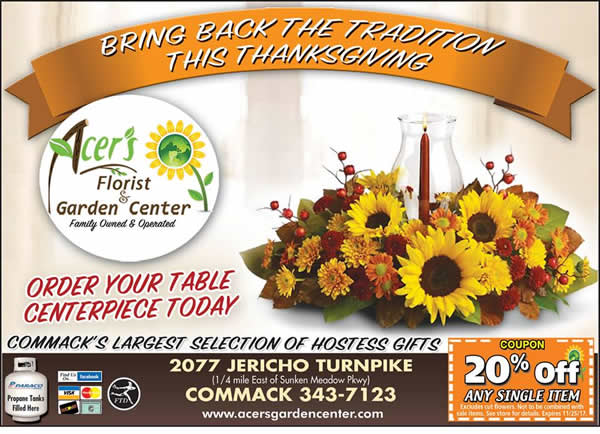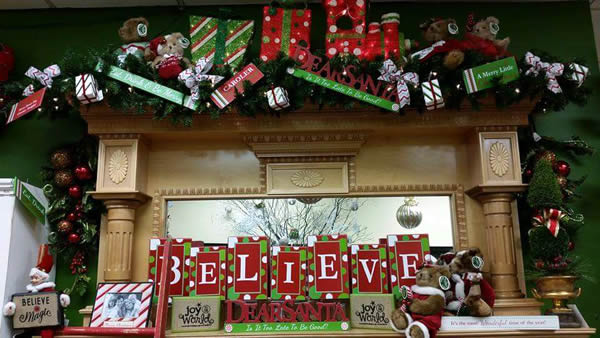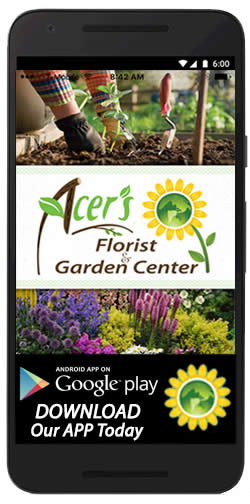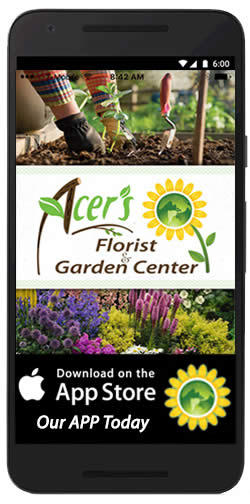
Have you bid your herb plants "adieu" and resigned yourself to using dried herbs until the warm weather returns in the spring? Why not try an indoor herb garden this winter? These plants can then be transplanted into the garden when the danger of frost has passed.
If you already have a few plants inside, you can take cuttings of your existing plants. For variety, however, you'll probably prefer to start some new plants from seed.
Here is a list of materials you will need:
Containers: Any container will do, as long as it's large enough for the herb(s) and drains well.
- Vermiculite: You will need this only if you are starting your plants from cuttings. Vermiculite will allow the cutting to stay moist enough but not so moist that it rots before it has a chance to develop roots.
- Rooting hormone: Available in powdered or liquid form, it encourages faster development of roots. For use with cuttings only.
- Potting soil: Choose a good quality, light potting soil. Sow your seeds directly into the soil, or use it when transplanting your rooted cuttings into a slightly larger pot.
- Grow light: You can dispense with the light, if you have a window that is warm and sunny enough.
Follow these steps when starting your plants from cuttings:
- Take a cutting, about 4" long from the herb you want to grow.
- Remove the lower leaves and dip the cutting into the rooting hormone. If you are using the powdered form of rooting hormone, shake off any excess powder.
- Stick the cutting into a small container filled with moist vermiculite. To increase humidity, cover your plant and container with a glass or clear plastic.
- Place plant in a sunny, warm window and keep the growing medium moist.
- When the plant is rooted well, it can be transferred into another container, using potting soil.
Follow these steps when starting your plants from seeds:
- Fill small containers with potting soil, pressing it in firmly.
- Following the instructions on the seed packet, plant at the recommended depth.
- To increase humidity, cover your plant and container with a glass or clear plastic.
- Place plant in a sunny, warm window and keep the growing medium moist, but not soggy.
Your herb plants will benefit from an occasional "bath" to wash the dust from them. In the spring, when danger of frost has passed, begin moving them outside.
Acclimate them slowly over a period of a couple of weeks by placing them in semi-shade for a few hours a day at first and gradually increasing the time and amount of sunlight they receive until they are eventually outside in the full sun all day long. Next step? Transplant them into the garden!
Click to print this article.

By Tamara Galbraith
Soon after the festivities end, your once-fresh Christmas tree begins moving from Christmassy to crispy. No matter. When you're ready to take down the decorations, explore all your options of how to reuse or recycle.
Many communities across the country offer a recycling program, whereby trees are collected and ground up into mulch for municipal use. Areas with lots of man-made lakes sometimes collect and sink old trees into waterways to slow erosion. Check with your local city government or county Extension Office to see if such a tree collection program is in place.
Also, if you have the space and don't mind "the natural look" in your landscape, lay your old tree in a remote corner of your yard; it will make a great hiding and nesting place for birds, rabbits and other small creatures. If you have a compost pile, you can cut the branches into small pieces, and add them to the compost pile. It will take time, but they will break down to beautiful soil.
Whatever you choose, be sure all the non-natural decorations, like tinsel and ornament hooks, have been removed. While sparkly mulch might have an interesting look, it's not very good for the environment.
Click to print this article.



 .jpg" alt="Happy New Year" style="max-width: 100%;height: auto;">
.jpg" alt="Happy New Year" style="max-width: 100%;height: auto;">











